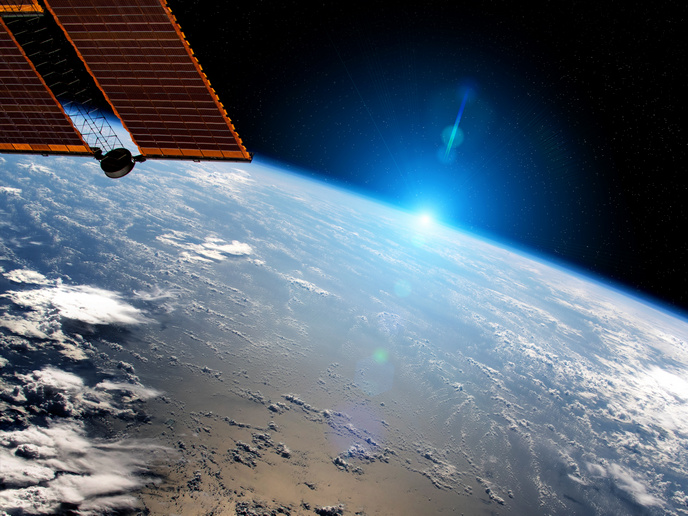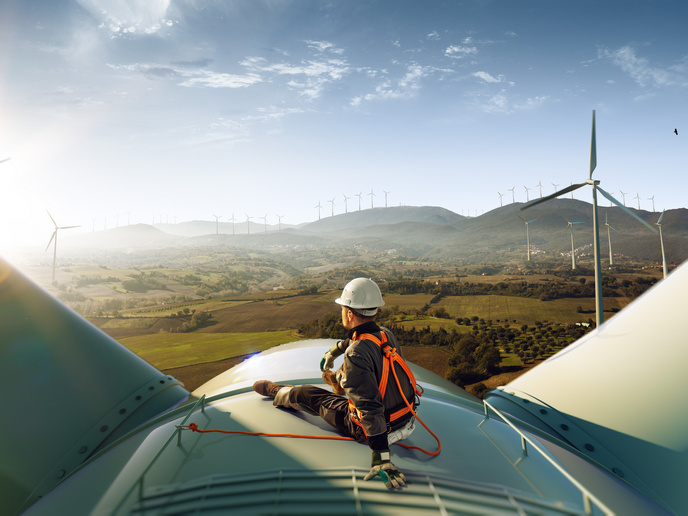Advanced forecasting solutions boosting efficiency of water management
Regulatory compliance, risk management and cost optimisation are essential to maintaining sustainable water services. These efforts are continuously challenged by threats to freshwater systems, primarily from eutrophication, which can cause harmful algae blooms. These plants can negatively impact humans, animals and aquatic ecosystems, especially when they lead to cyanobacteria producing neurotoxic or hepatotoxic compounds that can infiltrate drinking water sources. Apostolos Tzimas, the coordinator of the EU-funded PrimeWater project, highlights how adaptive management helps proactively determine and mitigate water hazards. “Adapting to risks in a planned manner is far more efficient than reacting to major system failures,” he states. He also underscores that increased situational intelligence that extends both in space and time is key to making complex operational and business decisions.
Shifting from a reactive to a proactive approach
Space technology serves as a catalyst in this regard, supporting technological innovation in water management. “Advances in Earth Observation (EO) could spur changes in water resource management, support disaster resilience and monitor the effectiveness of coping strategies already in place,” remarks Tzimas. An example of such innovation is the work conducted by PrimeWater, a cutting-edge initiative in remote sensing research that brings together international research groups from Europe, Australia and the US. PrimeWater extended beyond remote sensing, aspiring to add considerable value to EO products through advanced environmental modelling, data assimilation and machine learning techniques. Enhanced EO, combined with other data, was used to improve hydro-ecological forecasting systems, generate actionable foresight and enable more informed decision-making.
From satellite imagery to reliable water forecasts
Researchers have delivered water-intelligent services by capitalising on advanced EO data products and other data sources. These were built on cause-effect analyses through diagnostic modelling tools, combining forecasting with planning and scenario analysis to make predictive and prescriptive calculations. “We have created an operational web-based platform known as the water quality intelligence suite (WQiS) to facilitate interoperability among EO and modelled services,” states Tzimas. “At its core, the platform combines satellite imagery with hydro-ecological models to create reliable forecasts of water quantity and quality in freshwater systems, creating a digital twin of an entire river basin.” It also helps bridge proprietary data with near real-time, satellite-based water quality data, as well as other remote sensing data, thereby filling time and space gaps in water quality information. The tool is especially useful for managing interconnected reservoirs with poor water quality. “Transferring water from one reservoir to another might cause adverse ecological effects in either upstream or downstream reservoirs,” explains Tzimas. “WQiS uses the water quality forecasts generated for all interconnected reservoirs to assess how well various water transfer plans work based on their quantity, timing and duration. This is done 10 days before plans are put into action.” This proactive scheduling of water transfers between reservoirs helps improve water quality in downstream reservoirs without impeding water quality in the upstream reservoir.
Fostering collaboration and transparency
The project team has also set up a virtual lab environment that allows sharing data sets, experimental protocols and methods for scientific experiments. This promotes collaborative research and enhances the transparency and reproducibility of scientific results. “What makes PrimeWater unique is the close connection it establishes with the scientific community and stakeholders from various backgrounds,” notes Tzimas. “This allows new knowledge to be brought closer to end users, increasing the situational intelligence of water regulators, emergency planners, water-related industry professionals and local communities.”
Keywords
PrimeWater, reservoir, remote sensing, Earth observation, water management, freshwater systems, situational intelligence







